Seafood is the mainstay of many people around the world, and deservedly so. Fish is a low-fat/low-calorie, high omega-3, low saturated fat protein powerhouse, full of various nutrients. However, where there are hundreds of edible fish in lakes, rivers, and oceans, the question becomes: Which fish are good to eat?
In this comprehensive guide, we will learn about some of the most common (and uncommon) fish that is out there, their taste, whether they are good for us, and a little cooking trick to make them pop out on your plate.
What Fish Are Good To Eat?
What does Wahoo fish taste like?
A relatively mild, clean fish with a hint of sweetness, wahoo, also known as ono, tastes good with only a few seasonings. Its firm, lean, white flesh is flaky, and it has a texture like chicken or swordfish. It’s lean in fat but a rich source of protein, which is healthy. This fish can withstand the rigours of high heat cooking methods such as grilling, searing, or baking.
When it’s fresh, just a pinch of sea salt and olive oil makes it perfect. Wahoo matches perfectly well with robust flavours.
As an added secret to lift it, pineapple salsa—sweet, sour, and peppery to counter the natural taste. Add jalapeños and cilantro for more zest, and serve over jasmine rice for a tropical meal.
Are blacksmith fish good to eat?
Blacksmith fish are small, reef fish, occur along the Pacific Coast, but are rarely caught for food. Their flesh is soft, oily, and densely flavoured with a marine flavour (which is often too fishy or muddy for so many).
They are widely used as live bait for bigger sportfish. However, if you are daring enough and you decide to take one home, grilling or smoking makes it a little less intense. It can also be cooked in citrus or vinegar, which will tone down the flavor.
The lemon-garlic marinade is the best secret item to use—it slices through the fishiness and gives some fresh, tangy contrast that enhances general palatability. Decorate it with herbs such as parsley and serve with roasted vegetables to complete the dish.
Are zebra perch good to eat?
Zebra perch, or opaleye, are also herbivorous fish, famous for their firm white meat and strong “green” flavor because they feed on seaweed and algae. While they’re not a premier eating fish, they’re edible if prepared well. Their taste is special indeed, mildly sweet, but earthy, and possibly not everybody’s cup of tea.
Spice flavouring with high intensity can enhance flavour. An easy practice is to stuff the fish with lemon slices and grill it whole. The key to obtaining better taste lies in miso paste. When grilling, brush a glaze of miso (miso, soy sauce, mirin & ginger) to enhance the umami and give cover from any oceanic bitterness. Serve over steamed rice with some sautéed bok choy.
Are tunas good to eat?
Tuna is a flexible high high-protein fish that is liked globally, with species such as yellowfin, albacore, and bluefin. Buttery-textured, deep-flavored bluefin tuna is the most prized for sushi. Yellowfin (ahi) is less fatty and is better grilled or seared.
Tuna is meaty, not flaky, and with a savory richness all its own that distinguishes it from white fish. Its high levels of omega-3 make it a heart-healthy choice.
Overcooking will dry it out, so if you’re cooking on a grill, go for rare or medium rare. An under-the-radar dish to serve alongside the tuna is toasted sesame oil—a nutty note really shines, especially if bringing to the mix scallions and soy, with either a dot or a drizzle of wasabi or chili oil for heat.
Are black perch good to eat?
Black perch, usually when applied to pile perch on the Pacific coast, are not very favored for a table fish. They have white, slightly firm meat and a neutral flavour, therefore suitable in the kitchen. Such fish are bony; they need close filleting. Once prepared, they are wonderful pan-fried, baked, or cooked wholesale.
Black perch is great with strong spicy flavors. One excellent technique to bring the best of them to the fore is to coat them with Cajun dry rub and pan sear till they are crispy.
Serve with a Southern-style dirty rice or a corn salad. The spice mix is intense heat and earthy quality that complements their mild flavor, making this a humble fish into an unforgettable meal.
Is sheefish good to eat?
Sheefish, known as the “King of the North,” is a prized catch in Alaska. It has a mild, slightly sweet flavor with a rich, fatty texture, similar to halibut or whitefish. Its thick fillets are ideal for grilling, baking, or deep-frying.
Rich in protein and omega-3 fatty acids, sheefish is a nutritious choice for cold-water fish lovers. Because of its fat content, it stays moist during cooking. A perfect way to serve it is pan-seared with a garlic-dill butter sauce.
The best secret item to use is fresh dill—it complements the fish’s flavor while adding a refreshing herbal note. Serve it with wild rice and sautéed greens for a hearty, satisfying dish.
Is bluegill good to eat?
Bluegill is loved by freshwater anglers, and it is of course one of the best panfish in taste. It has a delicate, sweetish taste and softly aromatic, flaky white flesh. Due to their size they are usually cooked whole or in thin fillets.
Best deep battered and fried, bluegill also bakes well with lemon and herbs. They’re perfect for fish fries or family dinners. A small seasoning is capable of making a big difference.
A secret ingredient that increases bluegill is buttermilk. Marinade the fillets in buttermilk prior to breading — it tenderizes the meat, cuts down on a possible muddy aftertaste. Fry in Peanut oil for extra crispy, and you have a southern style feast whilst eating it with hushpuppies or coleslaw.

Are muskies good to eat?
Muskies, or muskellunge, are a popular target for anglers, but they are not as commonly eaten as some other fish. Their flesh is firm and has a mild flavor, often described as similar to pike. Due to their size, muskies are typically filleted into thicker cuts.
While muskies can be cooked in various ways, they are best when grilled or baked. A simple preparation with lemon, garlic, and herbs can enhance their natural taste. Many anglers recommend soaking the fillets in milk or buttermilk before cooking to help tenderize the meat and reduce any potential fishy flavor.
For those who enjoy a bit of crunch, muskies can also be battered and fried. Pairing them with a tangy tartar sauce or a spicy remoulade can elevate the meal. However, it’s worth noting that muskies can accumulate higher levels of mercury, so it’s advisable to limit consumption.
Learn more about: How to Catch Tiger Muskie.
Is a northern pike good to eat?
Northern pike is very edible and flavorful; notorious, however, for tricky bones. Its white, firm, slightly sweet, clean-tasting meat is best evident in a cold water habitat. Pike is wonderful fried or baked and of course turned into patties after deboning. The flesh may be used in fish cakes or chowders.
Clean fillets with great care to remove y-bones. The delicious secret ingredient to accompany pike is beer batter – it makes it crunchy and tastes wonderful, and is good for itself.
Serve it with tartar sauce and fresh wedges of lemons. For a rustic meal, pan fry it over a campfire and eat with buttered bread and fried potatoes- good old Northwoods fish fry!
Are smallmouth bass good to eat?
Smallmouth bass are tasty freshwater fish, with a slightly harder and sweeter taste than their largemouth cousins. The meat is white and flaky, good for pan-searing, baking, or grilling. Smallmouth inhabit clean, cold water-contributing to making them tasty.
They are active feeders, therefore cleaner tasting. Marinating with some citrus or herbs will also add complexity. An undercover thing to make it glow is a lemon-garlic butter sauce – poured over the cooked fish, it enriches the sweet meat and adds richness.
Serve with roasted baby potatoes and green beans for an easy and nourishing family meal, which allows the natural flavours of the fish to shine.
Is crappie good to eat?
Crappie is the leading panfish and renowned for having a delicately flaky white and mild, and sweet meat. White and black crappie are both good to eat.
Crappie will work best in frying, especially in cornmeal, but will also cook just fine in a taco or baked. These fish are lean and overcooking dries them.
A special ingredient to make crappie shine is cornmeal and paprika, and garlic powder. It adds a bit of crispiness and some spicy flavor without drowning the fish. Serve with a bit of greasy coleslaw and a couple of lemons, and it’s a Southern classic. Crappie are fun to catch and even better to eat – every angler and chef’s favorite.
Is walleye a good fish to eat?
Walleye is greatly known to be the best-tasting freshwater fish in North America. It tastes smooth, gentle, with firm, white rough flesh and very little taste of fish.
Walleye loves cold, clean lake,s which helps keep the meat light and sweet. It is ideal for pan-frying or grilling or for baking. Due to its clean flavor, it is not for heavy seasoning.
A secret side that elevates its best qualities in walleye is a lemon caper butter sauce – the acidity and saltiness bring forth the butteriness, without losing it to a distasteful overtone. Serve with roasted asparagus or wild rice to have a full, elegant dinner. Fresh walleye is a treat, particularly in the Upper Midwest.
More about: What Size Reel Is Best For Walleye Fishing?
Are sunfish good to eat?
Sunfish of many species – such as pumpkinseed, longear, and green sunfish – are delicious panfish having sweet, delicate white meat. Though small, they are numerous, easy to catch, and they are fun to catch.
Sunfish are normally deep-fried in a crispy batter, whole or as fillets. Their light taste and firm texture make them perfect for fish fries or those light lunches. Wash them very carefully and descale them before cooking.
The most appropriate way of improving sunfish is by using cornmeal breading seasoned with salt, pepper, and paprika.
Fry until golden brown and garnish with lemon slices. For a change, serve in hot honey or aioli. Sunfish are excellent for kids and novices because of their delicate taste, which makes cooking a breeze.
Conclusion
There are so many varieties of edible fish from the crappie and bluegill staples of freshwater to the oceans treasured by tuna and wahoo, so something to appeal to every taste.
Each serves distinctive flavors, textures, and health advantages, where carefully considered seasoning or secret ingredients are used. Regardless of whether you are grilling, frying, or baking, choose the correct fish and method, and you can transform any catch into a gourmet experience.
What’s your opinion on the types of fish that are best to eat? Share your thoughts with us!


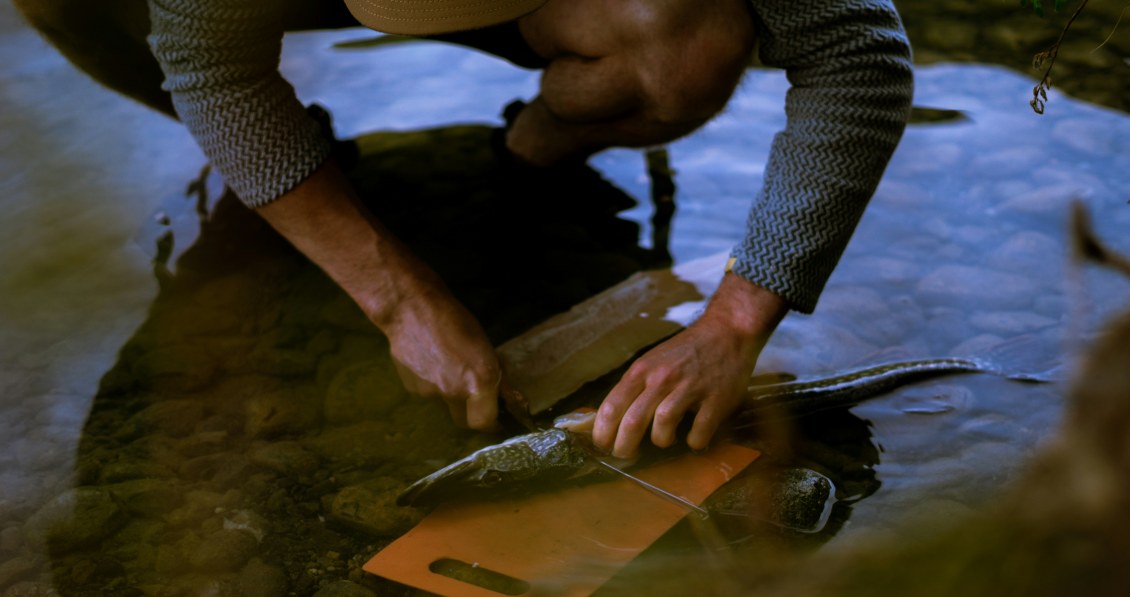
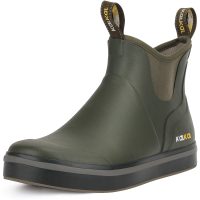








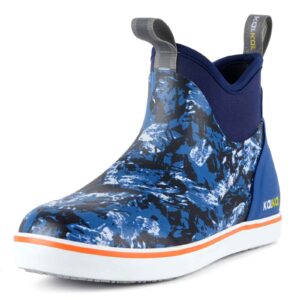
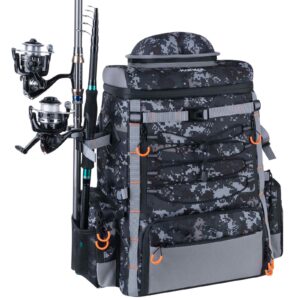

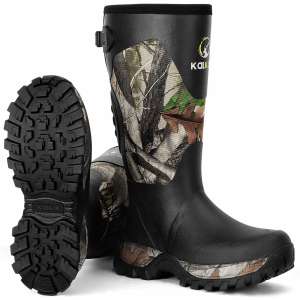




Leave a reply